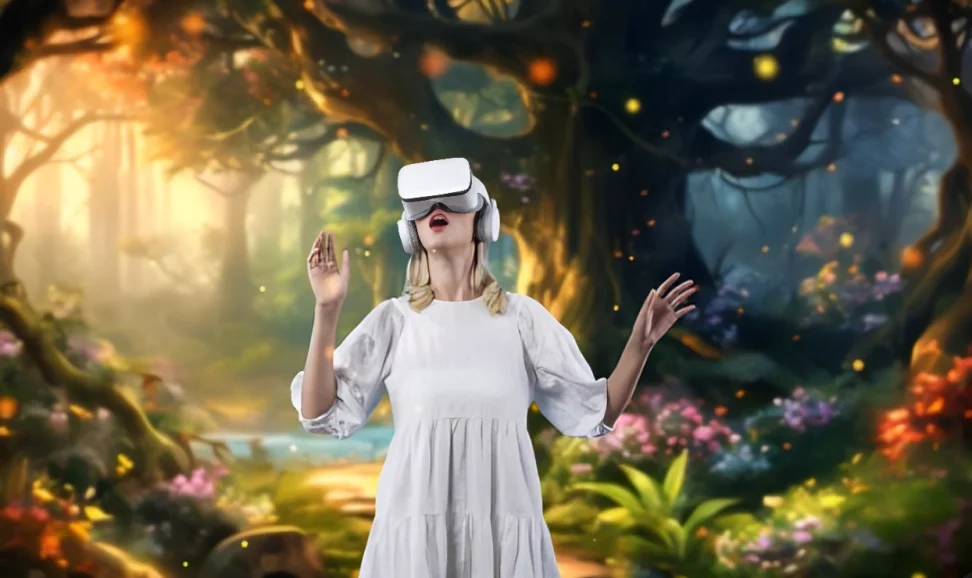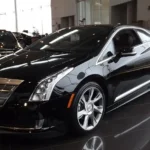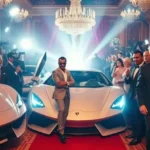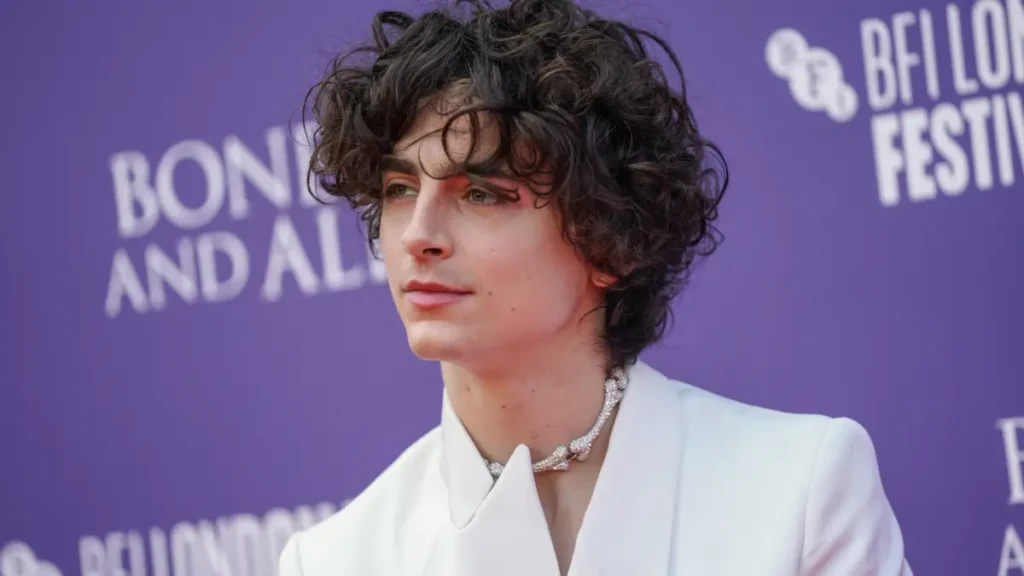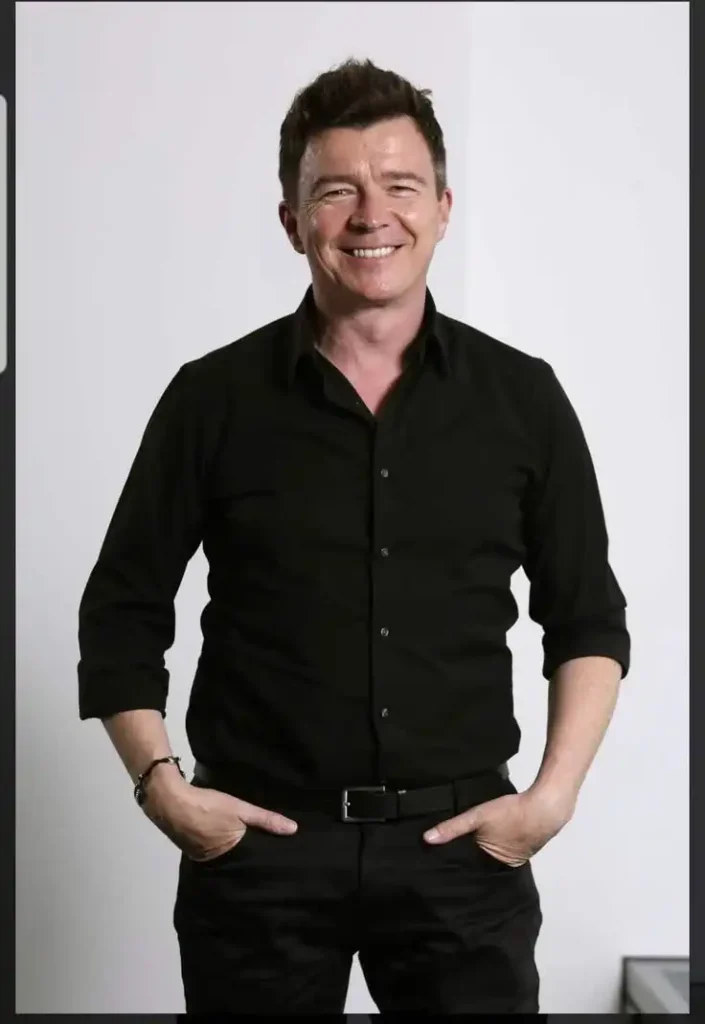AI fantasy art is changing the way artists and dreamers create magical worlds. In the past, you needed years of practice, expensive tools, and endless patience to paint a stunning fantasy landscape or design a mythical creature. Now, with the help of artificial intelligence, you can bring your imagination to life in minutes.
From enchanted forests and dragon-filled skies to mystical castles floating in the clouds, AI fantasy art makes it possible to design breathtaking scenes without being a master painter. Whether you’re an aspiring artist, a writer seeking illustrations, or simply someone who loves creative expression, this technology opens up endless opportunities.
In this guide, we’ll explore how AI fantasy art works, its benefits, the best tools, and how you can create your own fantasy masterpieces step-by-step.
1. What is AI Fantasy Art?
AI fantasy art is a blend of human creativity and machine learning technology that produces stunning, imaginative visuals. It involves using AI tools, often powered by deep learning models, to generate images based on text prompts, sketches, or style inputs.
For example, you might type:
“A majestic phoenix rising from a lake under a blood-red moon, in the style of a Japanese watercolor painting.”
In seconds, the AI will create an image that matches your description.
This is possible because AI models are trained on millions of art examples, learning patterns of color, composition, and style. When you give it an idea, it blends learned styles with your imagination to make something entirely new.
2. The Rise of AI in the Fantasy Art World
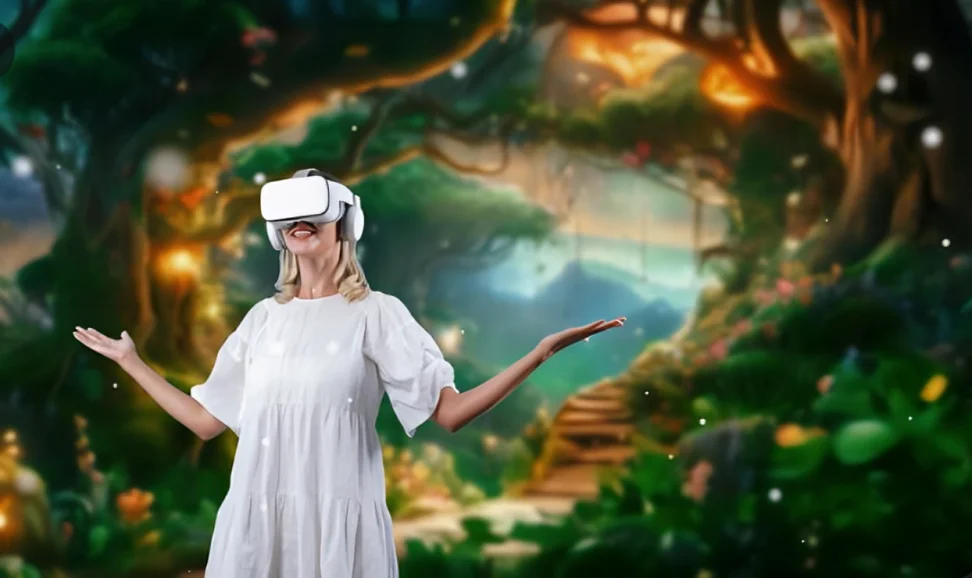
Fantasy art has always been about breaking the limits of reality. From the elaborate illustrations of The Lord of the Rings to video game concept art, fantasy visuals transport us into other worlds.
AI’s arrival in the art scene has been a game-changer. In the past five years, tools like Midjourney, DALL·E, Stable Diffusion, and Runway have made it possible for anyone to produce professional-looking fantasy images without traditional art skills.
The result? A massive surge in creative output. Writers use AI to illustrate scenes from their novels, game developers quickly prototype environments, and fans create art of their favorite fantasy worlds just for fun.
AI fantasy art has become not just a tool but a new artistic movement, one where imagination is limited only by the words you can think of.
3. Why AI Fantasy Art is So Popular
So why are so many people turning to AI for fantasy art? Let’s break it down:
1. Accessibility – Anyone can create without expensive software or years of art training.
2. Speed – Instead of spending hours painting, you can have a finished scene in seconds.
3. Endless Styles – From oil painting to cyberpunk realism, AI can mimic or invent art styles instantly.
4. Inspiration – Even professional artists use AI to spark new ideas or explore concepts quickly.
Imagine being able to design a magical kingdom for your book in an afternoon instead of a month. That’s the power of AI fantasy art.
4. How AI Creates Fantasy Art
Behind the magic of AI fantasy art lies complex technology, specifically, machine learning and neural networks. Here’s a simple breakdown:
Training – AI models are fed huge datasets of images and learn patterns of shapes, colors, and themes.
Prompt Interpretation – You enter a description (prompt), and the AI translates your words into visual concepts.
Image Generation – The AI uses its learned knowledge to create an image, often in multiple variations.
Refinement – Some tools allow you to tweak or “upscale” the image for better quality.
For fantasy art, this process means the AI can combine ideas that don’t exist in reality, a city floating above lava rivers, a unicorn with crystalline wings, or a forest where every tree glows like a lantern.
5. Best AI Tools for Creating Fantasy Art
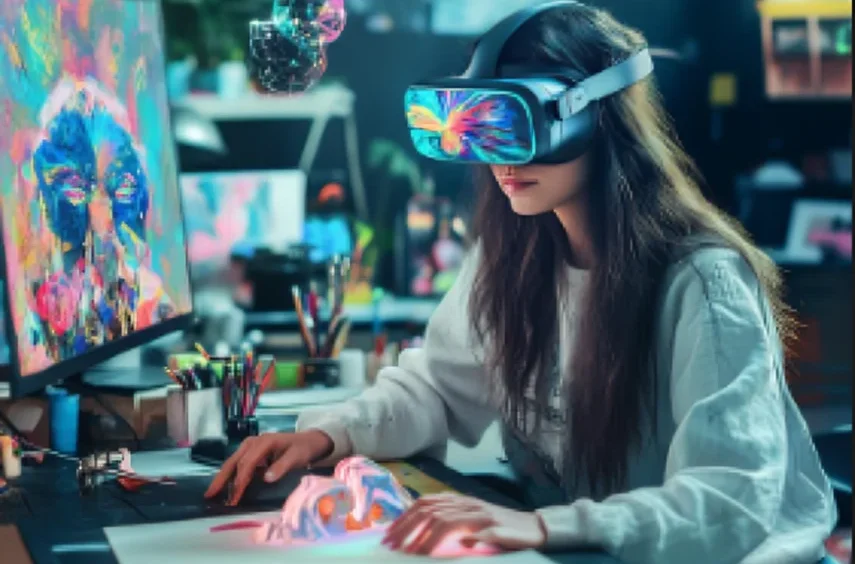
If you’re ready to try AI fantasy art, here are some of the most popular tools:
- Midjourney – Known for producing highly detailed, artistic results. Perfect for mystical and dreamlike styles.
- DALL·E 3 – Great for more controlled, prompt-specific outputs.
- Stable Diffusion – An open-source tool with customizable models and fantasy-specific datasets.
- Artbreeder – Excellent for character design and blending styles.
- Runway ML – Ideal for both images and animated fantasy art.
Pro Tip: Many artists experiment with multiple AI tools to get the perfect look; one might be better for backgrounds, another for characters.
6. Crafting the Perfect AI-generated artwork Prompt
The key to stunning AI fantasy art lies in writing a powerful prompt. Think of prompts as a recipe; you’re telling the AI exactly what ingredients to use and how to arrange them.
Here’s a simple framework:
[Subject] + [Style] + [Details] + [Mood/Lighting]
Example:
“A towering crystal castle on a floating island, painted in the style of Studio Ghibli, surrounded by clouds lit by a golden sunset.”
Tips for Better Prompts:
- Be descriptive but concise.
- Use specific art styles (“watercolor,” “digital matte painting,” “oil on canvas”).
- Include mood elements (“mysterious,” “whimsical,” “dark fantasy”).
- Add camera or composition terms (“wide-angle,” “close-up,” “isometric view”).
The more vivid your words, the more magical your AI fantasy art will be.
7. Combining AI Art with Traditional Digital Painting
AI fantasy art doesn’t have to replace traditional techniques; it can complement them beautifully. Many professional artists generate a base image using AI, then refine it in tools like Photoshop or Procreate.
Workflow Example:
- Generate a base fantasy scene in Midjourney.
- Import it into Photoshop.
- Enhance details, fix proportions, and add hand-painted textures.
- Blend in personal touches that make it uniquely yours.
This hybrid approach combines AI’s speed with human creativity, producing art that’s both original and high-quality.
8. AI-generated artwork for Storytelling
One of the most exciting uses of AI fantasy art is in storytelling. Writers, game masters, and filmmakers use it to bring their worlds to life visually.
Imagine writing a fantasy novel where each chapter has its own AI-generated illustration. Or running a tabletop RPG where players see their characters and locations instantly visualized.
AI-generated artwork can:
- Set the mood for a scene.
- Help world-building by visualizing unique locations.
- Create character concept art for consistency.
- Inspire plot twists by generating unexpected visuals.
For storytellers, it’s like having a visual effects team at your fingertips.
9. Ethical Considerations in AI Fantasy Art
As magical as AI-generated artwork is, it comes with ethical discussions. Some of the main concerns include:
- Copyright Issues – AI models are trained on existing art, which raises questions about originality.
- Artist Credit – Should AI-generated work that mimics a known artist’s style give them credit?
- Job Impact – Could AI replace some traditional art roles in industries like gaming and publishing?
The creative community is still debating these issues. Many suggest using AI as a tool, not a replacement, and being transparent about how the work was made.
10. How to Sell AI Fantasy Art
If you want to turn your AI fantasy art into income, there are several avenues:
- Print-on-Demand – Create posters, mugs, or shirts featuring your designs.
- NFTs – Mint your art as digital collectibles (though this market is volatile).
- Stock Image Sites – Some platforms accept AI-generated art for licensing.
- Freelance Projects – Offer fantasy illustration services for books, games, or marketing.
Important: Always check the terms of service for the AI tool you’re using. Some restrict commercial use unless you have a paid plan.
11. Creating AI Fantasy Characters
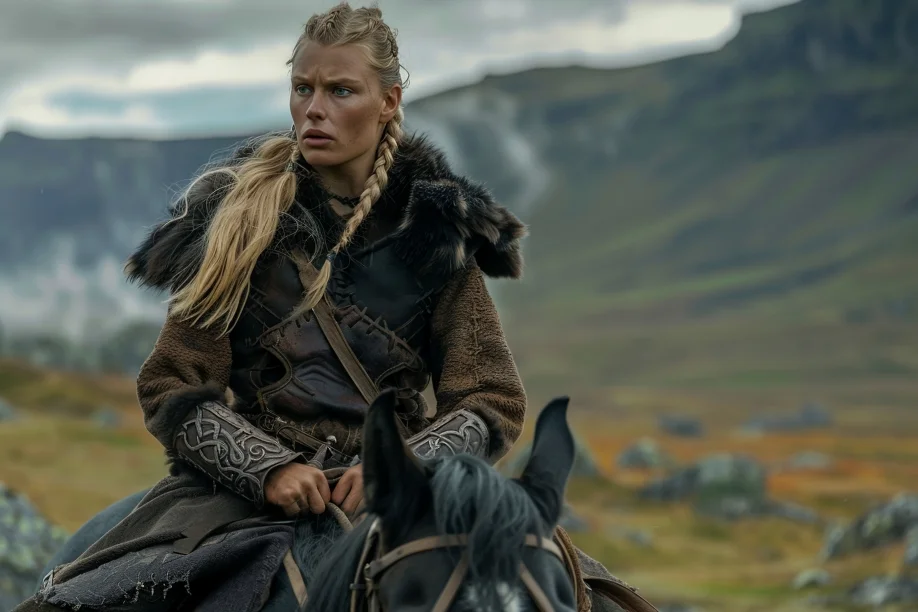
Fantasy worlds wouldn’t be complete without unique characters, heroes, villains, mystical beings, and strange creatures. AI fantasy art tools can help you design them in minutes.
Tips for Character Prompts:
- Specify species or race (elf, dragonkin, celestial being).
- Describe clothing and armor (ornate golden crown, tattered mage robe).
- Include facial expressions (stern, mischievous, sorrowful).
- Add environment cues (standing in a snowstorm, glowing forest, under a blood moon).
Example:
“A dark sorceress with silver hair, wearing a gown made of stardust, standing in a glowing cave filled with crystal stalagmites.”
These detailed prompts ensure your AI-generated character feels alive and believable.
12. Designing AI Fantasy Landscapes
Landscapes are the heart of fantasy art; they set the stage for your characters and stories. AI can produce breathtaking settings with almost no effort.
Popular Fantasy Landscape Ideas:
- Floating islands over roaring waterfalls.
- Endless deserts with giant skeletons buried in the sand.
- Ancient forests lit by bioluminescent plants.
- Volcanoes with rivers of molten gold instead of lava.
For extra realism, use prompts that include lighting, weather, and time of day:
“A serene elven village at dawn, with cherry blossom petals floating in the breeze.”
13. Mixing AI-generated artwork with Photography
Want a surreal twist? Combine AI-generated artwork with real photography. This method blends reality and imagination, making the artwork both believable and otherworldly.
How to Do It:
- Take or find a base photograph (landscape, building, portrait).
- Use AI inpainting tools to replace or enhance certain parts.
- Add fantasy elements, floating castles, magical creatures, and unusual skies.
This technique works especially well for fantasy book covers and movie posters.
14. AI-generated artwork in Gaming
The gaming industry has embraced AI-generated fantasy art for concept design, world-building, and prototyping.
Game developers use it to:
- Quickly visualize levels before investing in 3D modeling.
- Design enemy and NPC concepts.
- Create cutscene backgrounds with minimal effort.
For indie developers, AI-generated artwork can dramatically reduce costs and speed up production, without sacrificing creativity.
15. The Future of AI Fantasy Art
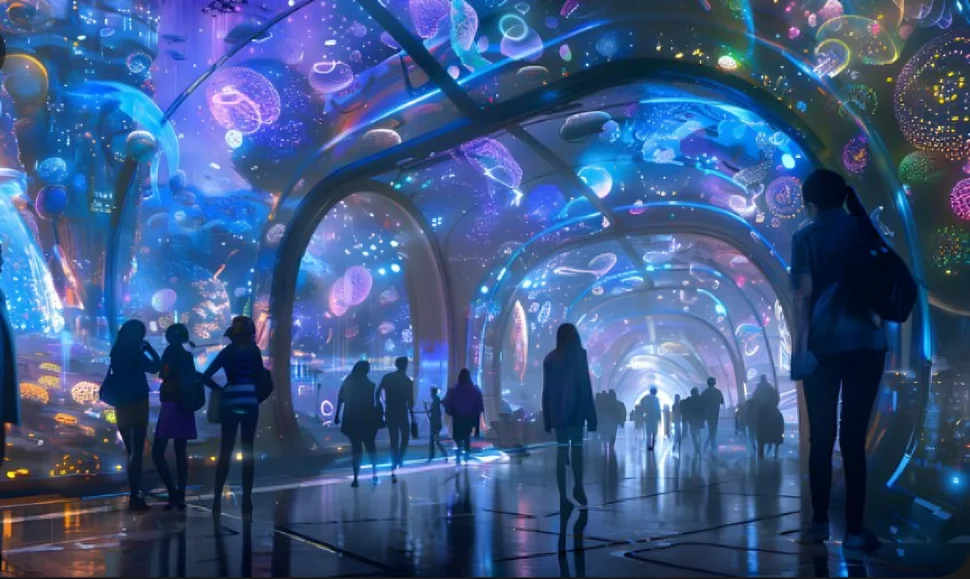
We’re only scratching the surface of what AI-generated artwork can do. As technology evolves, expect:
- More interactive tools where you can “paint” with AI in real-time.
- 3D fantasy environments are generated instantly for VR worlds.
- AI collaboration platforms where multiple creators can build worlds together.
It’s a future where the boundary between artist and audience may blur, making creativity more accessible to everyone.
Conclusion
AI-generated artwork has transformed the way we create, imagine, and share magical worlds. With just a few words, anyone, whether a seasoned artist or complete beginner, can bring their wildest dreams to life. From breathtaking landscapes to unforgettable characters, the possibilities are endless.
While debates about ethics and originality will continue, one thing is certain: AI fantasy art isn’t just a passing trend; it’s a powerful new chapter in human creativity. So, the next time you picture a dragon soaring over a floating castle or a glowing forest under twin moons, remember, you can make it real in minutes.
AI fantasy art is where technology meets imagination, and your only limit is how far you’re willing to dream
FAQs about AI Fantasy Art
- Can I use AI fantasy art for commercial projects?
Yes, but it depends on the AI tool’s licensing terms. Paid plans often include commercial rights, so always check before selling your work. - Which AI tool is best for realistic fantasy characters?
Midjourney and Stable Diffusion are top choices for detailed, realistic fantasy character art. - How do I make my AI fantasy art look unique?
Use highly specific prompts, combine multiple AI tools, and add personal touches through manual editing. - Is AI fantasy art considered “real” art?
Yes, art is about creativity, and AI is simply another medium for expression. Many artists blend AI with traditional techniques for unique results. - Can AI fantasy art be used in video games?
Absolutely. Many indie developers use it for concept art, backgrounds, and even textures, saving time and resources.

